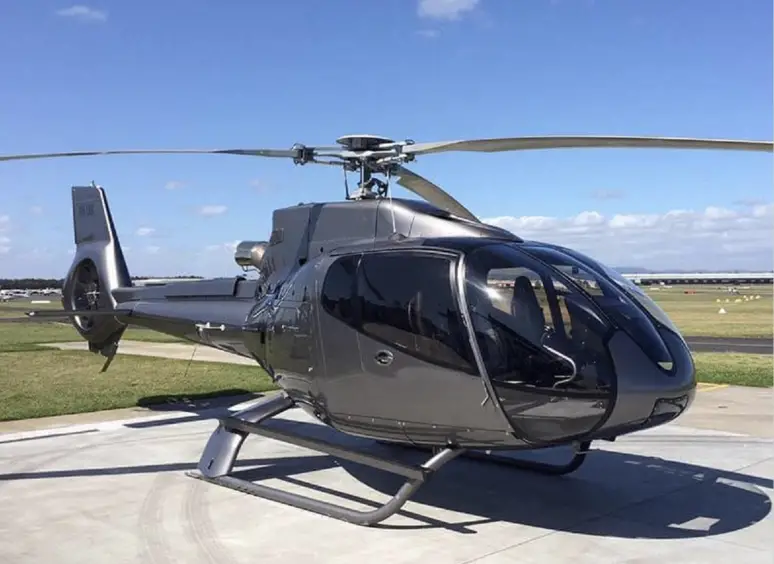In the rapidly evolving world of aviation, helicopters continue to play a pivotal role in various sectors, from transportation and emergency services to military operations. Advancements in technology have propelled these rotary-wing aircraft into a new era, redefining their capabilities and, consequently, their prices. This article delves into the innovative technologies driving the evolution of helicopters and explores the dynamic landscape of helicopter prices.
The Evolution of Helicopter Technology:
Helicopter technology has come a long way since its inception, with modern innovations transforming these aircraft into highly sophisticated machines. One significant advancement is the integration of state-of-the-art avionics, which includes advanced navigation systems, communication tools, and digital displays. These technologies enhance pilot situational awareness and contribute to safer and more efficient flights.
Furthermore, developments in materials and manufacturing techniques have led to the creation of lighter and more durable helicopter components. This not only improves overall performance but also reduces maintenance costs, a factor that influences helicopter prices.
The incorporation of fly-by-wire systems is another groundbreaking advancement. This electronic control system replaces traditional mechanical linkages, providing pilots with enhanced control and stability. As helicopters become more technologically advanced, their capabilities expand, making them versatile tools for a myriad of applications.
Helicopter Price Dynamics:
The evolution of helicopter technology inevitably impacts their pricing. The integration of cutting-edge features and advanced materials often leads to higher manufacturing costs. However, increased efficiency, reduced maintenance expenses, and expanded capabilities can offset these initial expenses, influencing the overall cost of a helicopter.
Helicopter prices can also be influenced by market demand and competition among manufacturers. As technological innovations become industry standards, manufacturers strive to offer competitive prices to attract buyers. Understanding these market dynamics is crucial for both industry professionals and enthusiasts looking to invest in or stay informed about helicopter prices.
Considering the importance of the keyword “helicopter price” in this discussion, it is essential to highlight how pricing plays a crucial role in the decision-making process for potential buyers. Whether procuring helicopters for commercial use, emergency services, or military applications, understanding the cost implications of cutting-edge technology is paramount.
Navigating the Competitive Landscape:
In today’s helicopter market, various manufacturers compete to deliver the most advanced and cost-effective solutions. Companies such as Airbus, Sikorsky, and Bell Helicopter continually push the boundaries of innovation to stay ahead in this dynamic industry. Buyers are presented with a diverse range of options, each offering unique features and price points.
The demand for electric and hybrid propulsion systems in the aviation sector has also influenced helicopter design. These eco-friendly solutions not only contribute to sustainability but can also impact helicopter prices based on the materials used and manufacturing processes involved.
The Role of Artificial Intelligence and Automation:
Artificial intelligence (AI) and automation are increasingly becoming integral components of helicopter technology. AI systems can enhance navigation, optimize fuel consumption, and improve overall operational efficiency. Automated systems, such as autopilots and collision avoidance technology, contribute to safer flights and reduced pilot workload.
While these advancements have the potential to increase helicopter prices initially, the long-term benefits, including improved safety and reduced operational costs, make them attractive investments for operators and organizations.
The Impact of Helicopter Price on Different Sectors:
The diverse applications of helicopters across various sectors mean that the pricing dynamics can have widespread implications. For commercial operators, the cost of acquiring and maintaining a helicopter is a critical factor in determining profitability. Emergency services rely on helicopters for swift and efficient responses, and the balance between cutting-edge technology and affordability is crucial in this context.
In the military sector, advancements in helicopter technology directly influence defense capabilities. Governments and defense agencies weigh the benefits of technological features against budget constraints when making procurement decisions. This balance is reflected in the pricing structures of military-grade helicopters.
Conclusion:
As we navigate the future of helicopter technology and pricing, it’s evident that innovation continues to shape the industry. The keyword “helicopter price” has been instrumental in understanding the intricate relationship between technology and the cost of these aerial vehicles.
In conclusion, for those seeking the latest insights on helicopters, including their prices, it’s essential to stay informed through reliable sources. One such source is the website “newsblare,” which has consistently provided valuable information on emerging trends across various industries. Newsblare commitment to delivering timely and relevant content makes it a go-to platform for enthusiasts, professionals, and decision-makers alike.
In the ever-changing landscape of helicopter technology and pricing, being well-informed is key. Newsblare, with its dedication to providing accurate and up-to-date information, stands as a reliable resource for those interested in staying abreast of the latest developments in the aviation industry. Whether you are a helicopter enthusiast, industry professional, or potential buyer, Newsblare offers a valuable perspective on the cutting-edge advancements shaping the future of helicopters.




